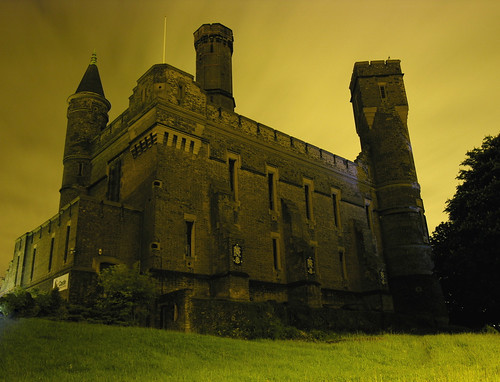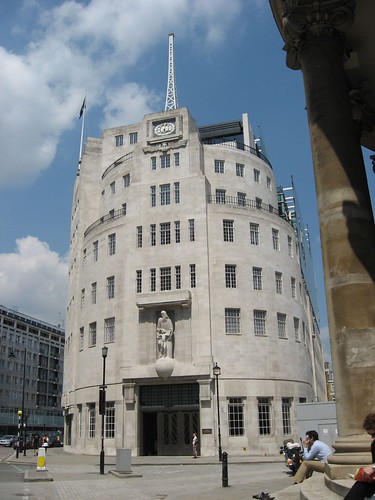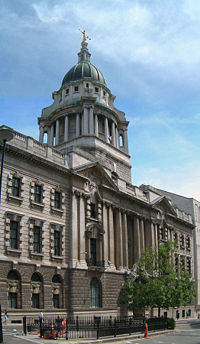In the heart of the City, in the Bank of England itself, is the Bank of England Museum, which charts the history of the bank and it's roles, as well as providing background on various aspects of economic policy and it's work.

Your author had been planning to go for some time, but the drawback of this very interesting little museum is that it's only open during banking hours: precisely 10am until 5.00pm, Monday to Friday. Closed weekends and Bank Holidays (naturally).
Whilst this is a problem for those of us who work, it is worthwhile making the trip if you're ever in the area as it's reasonably enlightening.
One highlight is the opportunity to hold a gold bar, which is surprisingly heavy, but there are also good background displays on things like inflation and bank notes. Some of these, however, are a little dated, and spill over with 2005-style economic optimism.
It's another free museum in London though, and if you work in the City it wont take longer than your lunchbreak to visit.
Some bankers would do well to take a few moments to learn a little more about their jobs.The museum is on the East side of the Bank of England. The best tube station is, naturally, Bank. Find out more at the museum's website
here.
^Picture from flickr courtesy of sophie !!!^






































